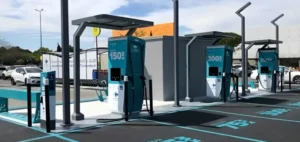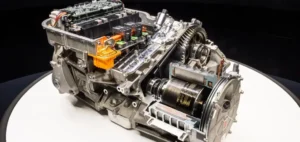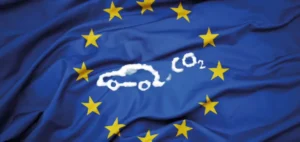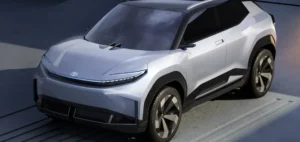The International Energy Agency (IEA) recently unveiled an interactive online tool to assess the greenhouse gas emissions of passenger vehicles, whether electric, hybrid or conventional. This calculator takes into account the entire vehicle life cycle, from the extraction of raw materials to production and final use, providing a precise estimate of the direct and indirect emissions associated with each type of vehicle. This tool comes at a time when current policies predict that nearly one in six cars on the road will be electric by 2030. If countries’ energy and climate commitments are fully met, this rate could rise even further, reinforcing the positive impact on reducing greenhouse gas emissions.
Advanced features for precise analysis
The IEA’s online calculator allows users to select various variables such as vehicle size, engine type, average fuel consumption and service life, for a selection of regions and countries around the world. They can also explore the impact of these variables on total life-cycle emissions. Specific scenarios, such as typical use by an urban commuter or occasional driver, can also be simulated to better understand the effect of different driving profiles on emissions. The tool also offers the possibility of defining and adjusting energy supply assumptions, including the emissions intensity of electricity generation and the level of biofuel blending in fossil fuels for hybrid and conventional vehicles. This makes it possible to visualize the effects of progress in decarbonizing relevant sectors, with scenarios ranging from current policies to those aiming for carbon neutrality by 2050.
Lifecycle analysis for a global vision
Life Cycle Assessment (LCA) provides a global view of the emissions of a product, process or service throughout its existence. For electric vehicles, this includes emissions linked to the extraction of critical minerals for batteries, as well as the electricity generation mix used to power the vehicle. The LCA calculator for electric vehicles has been developed as part of the GEF (Global Environment Facility) program to support countries in their transition to electric mobility. It complements other IEA tools such as the Total Costs of Ownership, launched in December 2022, as well as the Global EV Outlook 2024, the Global EV Data Explorer and the Global EV Policy Explorer.
The combination of these tools provides policy-makers and consumers with relevant insights to assess and improve the environmental impact of different vehicle options, promoting a faster and more efficient transition to sustainable transport.






















